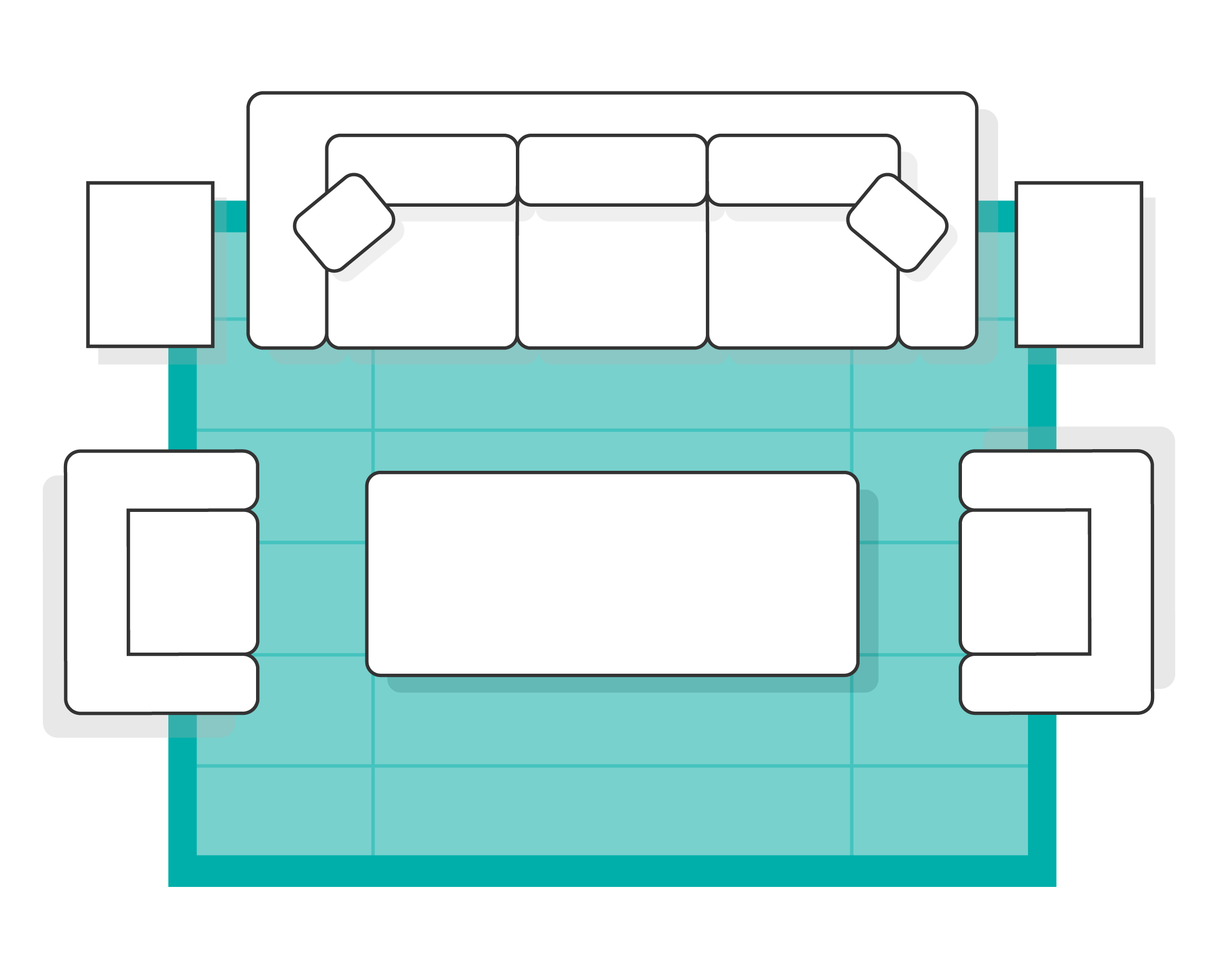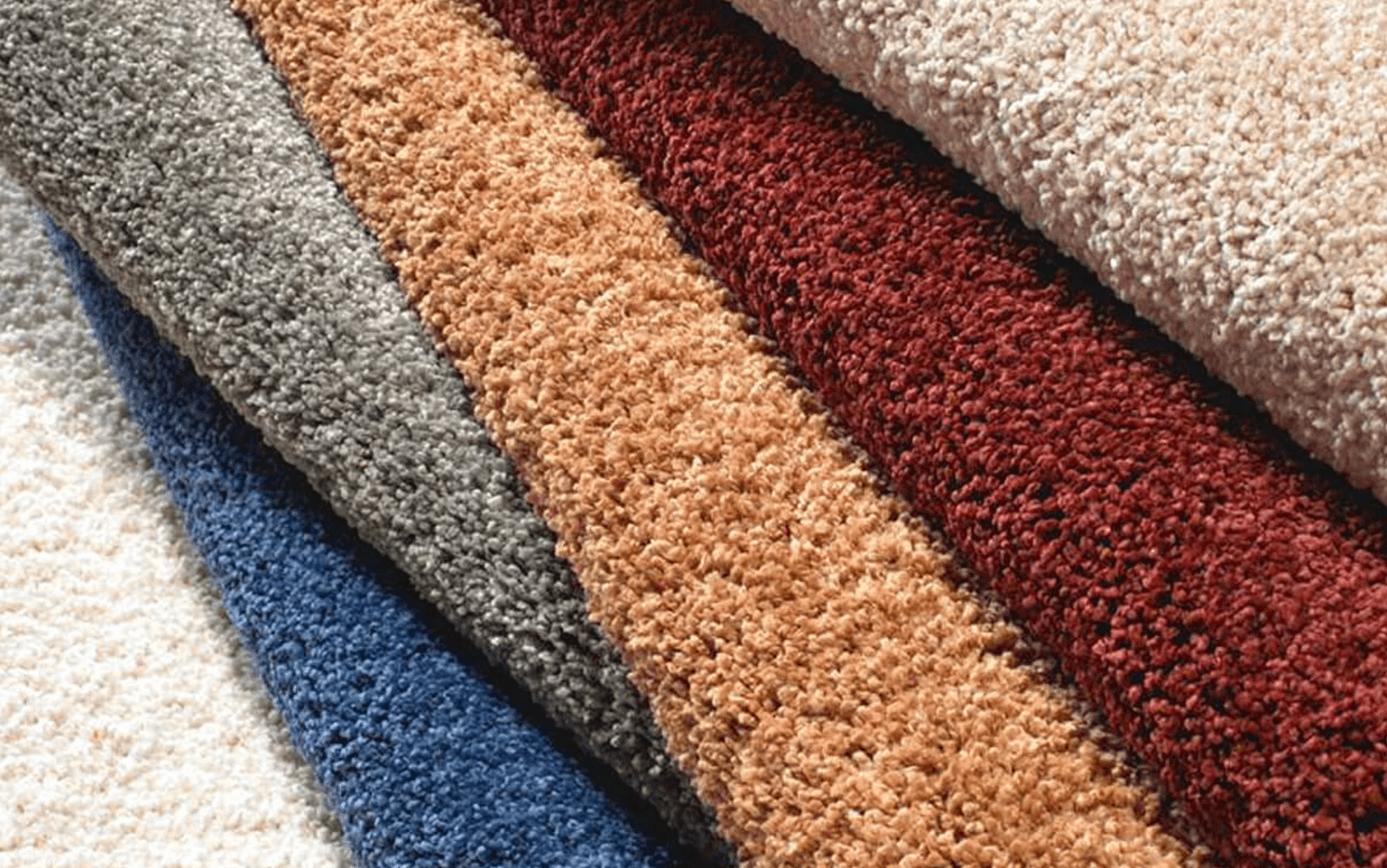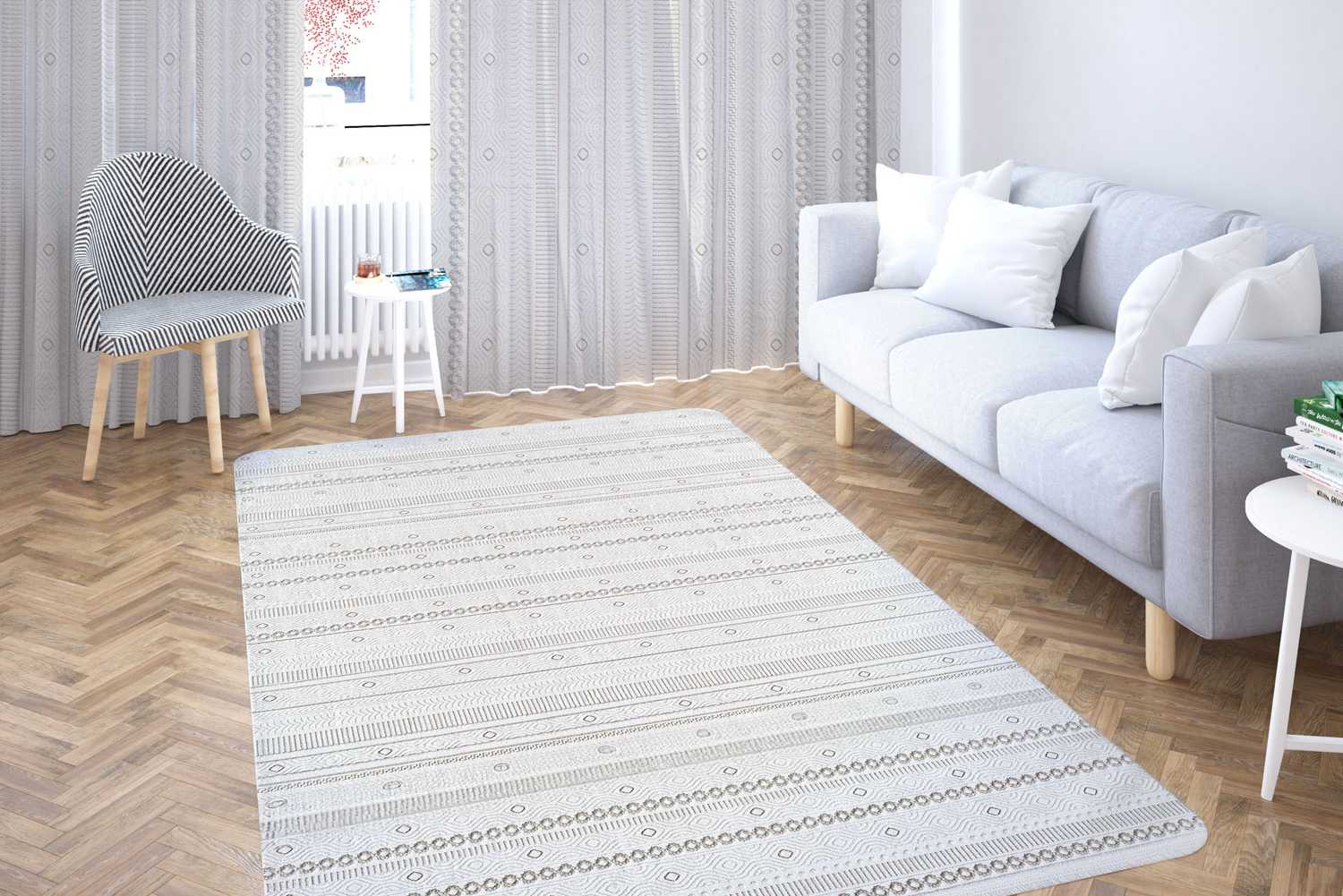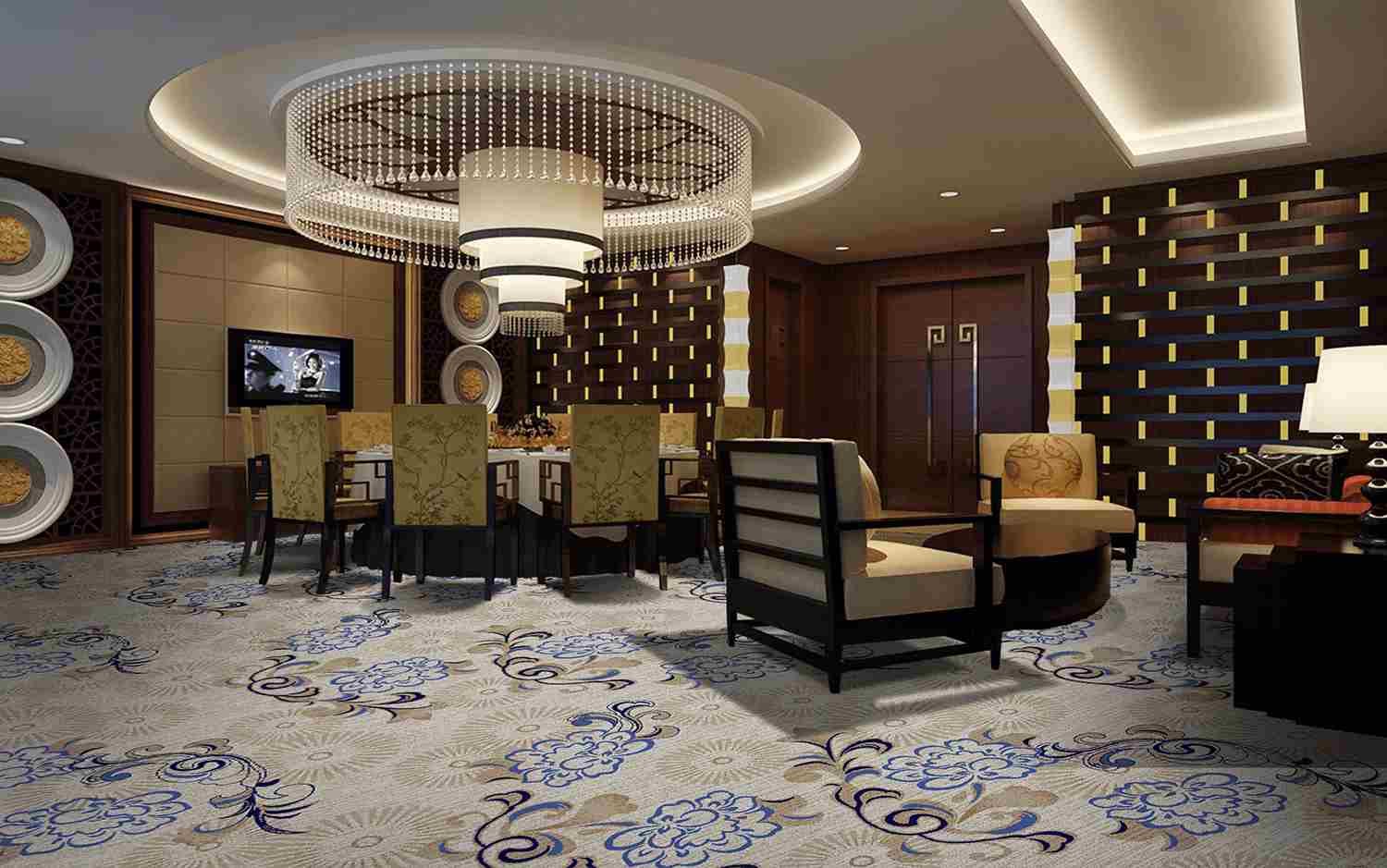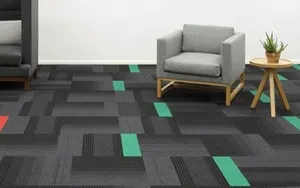
The three main factors that differentiate one carpet from another are fiber type, face weight, and manufacturing details. Let's delve into each of these components in more detail:
Fiber Type:
- The type of fiber used in the carpet greatly affects its performance, appearance, and durability. Common carpet fiber types include:
- Nylon: Nylon is known for its durability, resilience, and excellent resistance to wear and tear. It is a popular choice for high-traffic areas and is available in a wide range of styles and colors.
- Polyester: Polyester is known for its softness, vibrant color options, and resistance to fading. It is a more budget-friendly option but may not be as durable as nylon.
- Olefin (Polypropylene): Olefin is resistant to stains, fading, and moisture, making it suitable for areas prone to spills or outdoor use. However, it is less resilient than nylon or polyester and may flatten over time.
- Wool: Wool is a natural fiber that offers exceptional durability, a luxurious feel, and natural stain resistance. It is often considered a high-end option due to its premium qualities.
Face Weight:
- Face weight refers to the amount of fiber used per square yard in the carpet. It is measured in ounces and typically ranges from 20 to 80 ounces. Generally, a higher face weight indicates a denser and more durable carpet. However, face weight should be considered alongside other factors, such as fiber type and construction, for a comprehensive assessment of the carpet's quality.
Manufacturing Details:
- The manufacturing details of a carpet include factors such as the construction method, pile height, and backing. Common manufacturing details include:
- Construction Method: Carpets can be made through various methods, including tufted, woven, or needle-punched. Tufted carpets, where loops or cut pile are created using tufting machines, are the most common type in residential applications.
- Pile Height: Pile height refers to the height of the carpet fibers. It can range from low pile (short fibers) to high pile (long fibers). The pile height can affect the carpet's appearance, comfort, and maintenance requirements.
- Backing: The backing of a carpet provides stability and support. Common backing materials include woven polypropylene, rubber, or felt. The type of backing can influence the carpet's overall durability and installation method.
By considering the fiber type, face weight, and manufacturing details of a carpet, you can assess its performance, durability, aesthetics, and price point. It's essential to understand these factors to make an informed decision when selecting a carpet that best suits your needs and preferences.
Carpeting: The Foundation of Your Home’s Decor
When it comes to carpet, it's important to understand the terms "fiber" and "yarn." Here's a breakdown of what these terms mean in relation to carpet:
Fiber:
- In the context of carpet, a fiber refers to the individual strands or filaments that make up the carpet yarn. These fibers are typically synthetic or natural materials that are twisted or spun together to create the yarn. The choice of fiber greatly impacts the carpet's performance, durability, and other characteristics.
- Synthetic Fibers: Synthetic fibers, such as nylon, polyester, and polypropylene, are commonly used in carpet manufacturing due to their durability, affordability, and resistance to stains and fading.
- Natural Fibers: Natural fibers, such as wool, jute, sisal, or cotton, are derived from plant or animal sources. Wool is known for its luxurious feel, durability, and natural resistance to staining, while other natural fibers may have specific characteristics suited for different applications.
Yarn:
- Carpet yarn is formed by twisting or spinning multiple fibers together. The yarn serves as the building block for creating the carpet's surface. The yarn can be looped or cut to create different pile styles, such as loop pile or cut pile, and various textures and patterns.
To highlight the impact of the fiber choice, let's focus on two common carpet fiber types: nylon and polyester.
- Nylon: Nylon is a synthetic fiber known for its exceptional durability, resilience, and ability to withstand heavy foot traffic. It is highly resistant to stains, crushing, and matting. Nylon carpets are available in a wide range of styles, colors, and price points.
- Polyester: Polyester is another synthetic fiber used in carpet manufacturing. It is known for its softness, vibrant color options, and resistance to fading. Polyester carpets can be more budget-friendly compared to nylon but may not offer the same level of durability.
It's important to note that there are other fiber types available for carpets, such as wool, jute, and specialized branded fibers like Smartstrand Triexta or Stainmaster Nylon. Each fiber type has its own unique characteristics and performance attributes.
By understanding the distinction between fiber and yarn and considering the specific qualities of different carpet fibers, you can make an informed decision when selecting a carpet that suits your needs in terms of use, durability, performance, and price.
Let's dive into the manufacturing details that can influence the price and performance of a carpet:
Carpet Backings:
- Carpet backings provide stability and support to the carpet. There are different types of carpet backings, including:
- Woven Polypropylene: This is a common backing material that provides strength and dimensional stability to the carpet. It is typically used in tufted carpets.
- Rubber: Rubber backings offer enhanced slip resistance and cushioning. They are often used in carpets intended for areas where safety and comfort are important, such as gyms or playrooms.
- Felt: Felt backings provide insulation and can help reduce noise transmission. They are commonly used in carpets installed over concrete floors.
The type of backing can affect the carpet's durability, ease of installation, and compatibility with specific installation methods like stretching or gluing.
Coatings:
- Carpet coatings can be applied to enhance the performance and durability of the carpet. Some common coatings include:
- Stain and Soil Resistance: Carpets can be treated with stain and soil-resistant coatings to repel spills and make cleaning easier. These coatings help prevent stains from penetrating the carpet fibers, making it easier to clean up spills.
- Antimicrobial Protection: Some carpets have antimicrobial coatings that inhibit the growth of bacteria, mold, and mildew. This can be beneficial in areas prone to moisture or high humidity.
These coatings can contribute to the overall longevity and maintenance requirements of the carpet.
Pattern:
- The pattern of a carpet refers to the design or arrangement of the fibers, which can greatly impact its aesthetics. Patterned carpets can range from simple textures to intricate designs. Different manufacturing techniques, such as cut and loop pile construction or precision dyeing, can be used to create various patterns.
Patterned carpets can help hide dirt and stains and add visual interest to a space. However, the complexity of the pattern and the precision of the manufacturing process can influence the carpet's price.
Considering these manufacturing details, such as the type of backing, coatings, and pattern, can help you choose a carpet that aligns with your specific needs in terms of durability, maintenance, and design preferences.
It's important to consult with carpet professionals or manufacturers to understand the specific manufacturing details and their impact on the carpet's performance before making a purchasing decision.
Decorate Your New Home!
Understanding the different fiber types, face weight, manufacturing details, and carpet padding can indeed help make sense of the various features of carpet and how they contribute to performance and pricing.
Ultimately, the "goodness" of a carpet depends on how well it aligns with your specific needs, lifestyle, and budget. Each individual has unique preferences and requirements when it comes to carpet selection. By considering factors like durability, maintenance, aesthetics, and price, you can make an informed decision about which carpet is the best fit for your particular circumstances.
It's always recommended to consult with carpet professionals or retailers who can provide additional guidance based on your specific requirements. They can help you evaluate different options, understand the benefits and limitations of each, and ultimately choose a carpet that meets your expectations in terms of performance, appearance, and affordability.
Remember that selecting the right carpet involves finding a balance between your preferences, practical considerations, and budgetary constraints. With the knowledge you've gained about carpet fibers, face weight, manufacturing details, and padding, you'll be better equipped to make a decision that suits your needs and ensures a satisfactory carpet experience.



